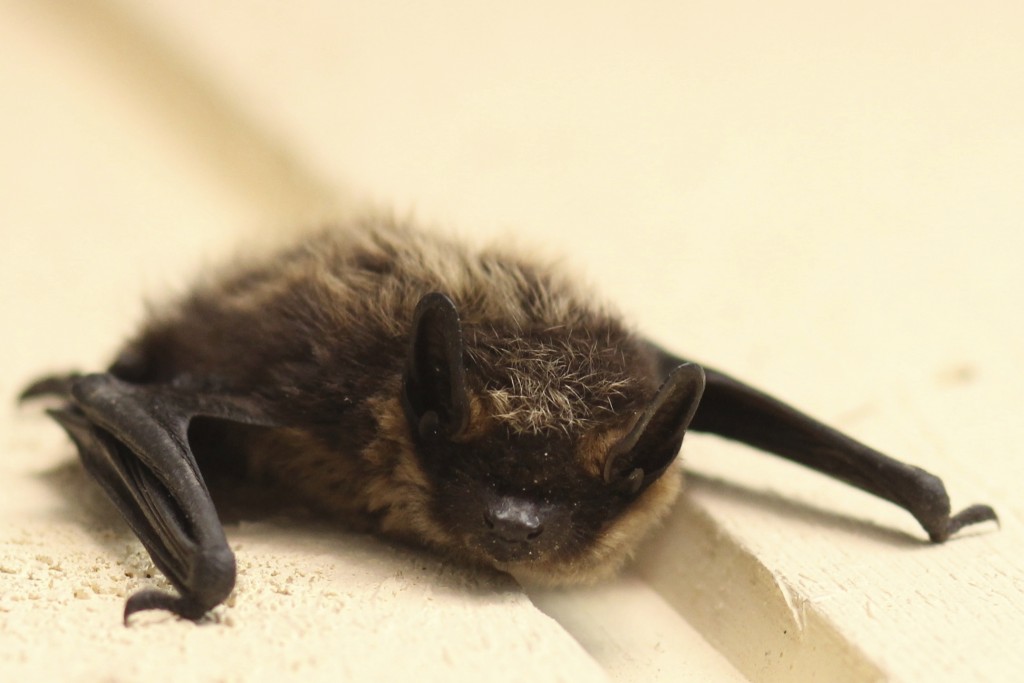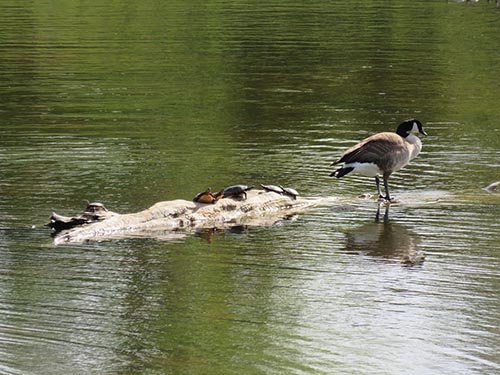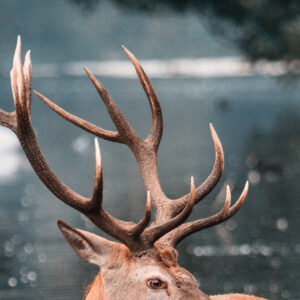The Insects of Summer
This blog post is a continuation of Summer Nature Notes, touching on the other aspect of summer – insects. It was written by Nature Canada member Steve Gahbauer and edited by Sam Nurse.
There is, however, another side to the summer’s heat and humidity: it produces hordes of swarming insects. The air is humming with the buzz of all kinds of these critters, some of them the annoying stinging and biting type, like mosquitoes, sandflies, horse and deer flies, and nasty gnats. Nobody really knows for sure how, when and where insects have emerged and evolved. It was only 23 years ago – in 1994 – that paleontologists, who probed the fertile fossil beds in Western Australia, discovered a 15 cm long cockroach-like amphibian (now named kalbarria) that may be the ancestor of all insects. Whatever their origin, they now are bountiful; insects outnumber humans by approximately 200 million to one. Yes, a few of them are pesky beasties that seriously detract from enjoying cottage life, camping, hiking and other outdoor activities. That is why we dislike them, but that sentiment is misplaced because they are indispensable in preserving the wilderness we treasure and deserve more respect than they get.

The Northern Myotis bat (Myotis septentrionalis) is an endangered species in Ontario and across Canada.
Blackflies, for instance, are a barometer of good water quality, and there would be major consequences for stream productivity if they were eliminated. Mosquitoes fill an essential role in the food chain, both as nutrition for other species and as pollinators for grasses, goldenrod and orchids. They are also an important food source for many bird and bat species. Bats consume 3,000 or more mosquitoes and other insects every night. (According to The Texas Gardener, they are also responsible for up to 95% of the seed dispersal essential to the regeneration of forests; so don’t dismiss bats!)
Insects have developed astounding and sophisticated systems of chemical warfare and communication about 348 million years before humans even entered the world stage. Yet, this amazingly diverse and complex group of insects has been vilified, pilloried and, in many cases, exterminated for no other reason than they bug us. They are misunderstood creatures that play a vital role in ecosystems but many suffer from our intolerance – we swat and zap them at will. Less than 1% of all known insect species are considered potential pests; the other 99% suffer from negative stereotyping when they should actually be lauded. These marvels of evolution and adaptation are powerful creatures that can lift 50 times their own weight, wear their skeletons like armour, smell with their antennae, hear with their abdomens or front legs, and breathe through a series of minuscule holes in their body walls. Our repulsion is totally misguided. Rather we should marvel at them.
The summer also brings creatures with a huge appetite to many of our trees: very hungry gypsy moth caterpillars that prefer chomping on the leaves of choke cherry, oak, maple, spruce, birch and aspen. They have a natural breeding cycle that peaks about every 7 – 10 years. This summer appears to be one where they will reach high infestation levels, according to Matthew Cutler, a spokesperson for the City of Toronto Parks, Forestry and Recreation Department. He says that normally there would be about 10,000 gypsy moths in the space of a hectare, but at peak infestation there may be that many in just one tree. To deal with the expected problem, the City will approve some spraying by helicopter of bacillus thurigiensis, as well as some ground spraying, tree injection, and mass egg removal in some areas. The moths are an invasive species that was first introduced to North America from Europe in 1869.

Rouge Park
To end with here are some good news about our beloved Rouge National Urban Park, now a full 79.1 square kilometres. After five years of work to ensure that the park has the level of protection needed, the Canadian Parks and Wilderness Society (CPAWS) celebrated the passage of Bill C-18 by the House of Commons and Senate. The Bill received Royal Assent on June 19. Now nature will be the top priority of the park’s management by law. This is the first National Urban Park in Canada, proclaimed in May 2015, and Nature Canada, CPAWS and friends of the Rouge fought hard to ensure it has strong conservation measures, so when the model is replicated in other parts of Canada, nature will always come first. Good news indeed!
On your summer hikes remember that it behooves us to develop a proper conservation ethic. However, in an imperfect world you may be forgiven for swatting a few pesky critters; after all, there are enough of them around. S.G.
Sources: Canadian Wildlife Federation, Ontario Nature, Nature Conservancy of Canada, Toronto Metro, Canadian Parks and Wilderness Society, and field notes.
Earlier Nature Notes are archived and accessible on www.rougevalleynaturalists.com by clicking on “Nature Notes”.



